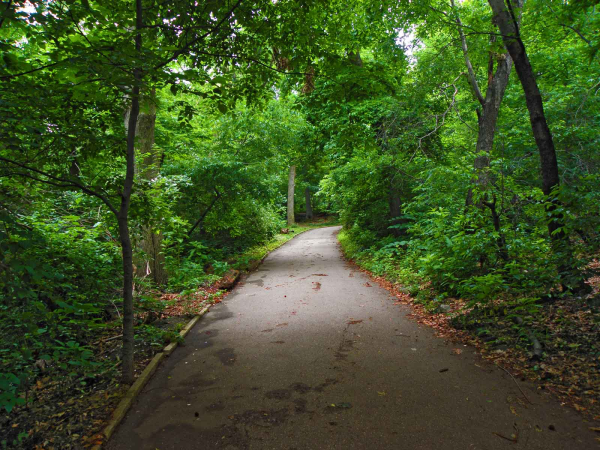Always a refreshing respite from the concrete jungle, Central Park and its acres of welcoming trees are highly valued by most New Yorkers, but few know the incredible sustainable effects of this urban forest. Last week, New York City was named to the American Forest organization’s list of top ten U.S. Cities for Urban Forests.
As New York’s public parks come in many shapes and sizes, it’s helpful to have a working definition of an Urban Forest. The American Forest organization defines ‘urban forest’ as “ecosystems of trees and other vegetation in and around communities that may consist of streets and yard trees, vegetation within parks and along public rights of way and water systems.”
Like all forests and greenspaces, urban forests have a massive capacity for sequestering carbon and removing pollution from the atmosphere, which has both sustainable and economic benefits. New York City’s urban forest stores “1.35 million tons of carbon at a value of $24.9 million and removes 2,000 tons of pollution each year for $10.6 million in value.” The results speak for themselves: it has been estimated that “every $1 invested in urban trees results in $2 to $4 in benefits.”
All indicators suggest that New York’s urban forest will continue to grow. Mayor Bloomberg has mandated that one million trees be planted in New York by 2017, and the city is well on its way to meeting that goal with over 650,000 trees planted. Currently, the city has an estimated forest canopy of 21 percent, but the estimated potential canopy is 43 percent. Imagine the amount of carbon that could be sequestered if New York’s urban forest doubled in size!
Selected from the 50 most populous cities in the United States, the top ten list was generated by examining several criteria including “civic engagement in maintaining the urban forest … Accessibility of urban forest and greenspaces to the public, … and overall health and condition of the city’s urban forest.” The other top cities are Austin, Charlotte, Portland, Denver, Sacramento, Milwaukee, Minneapolis, Seattle, and Washington, D.C.
To learn more about New York City’s Urban Forest, visit the American Forest website and check out their New York City fact sheet.
Photo: Dawna Jones
